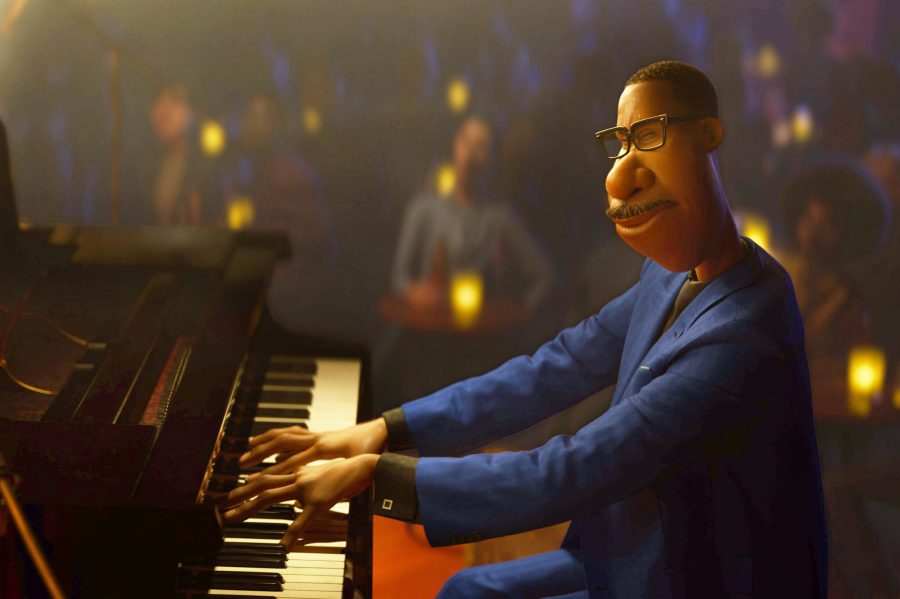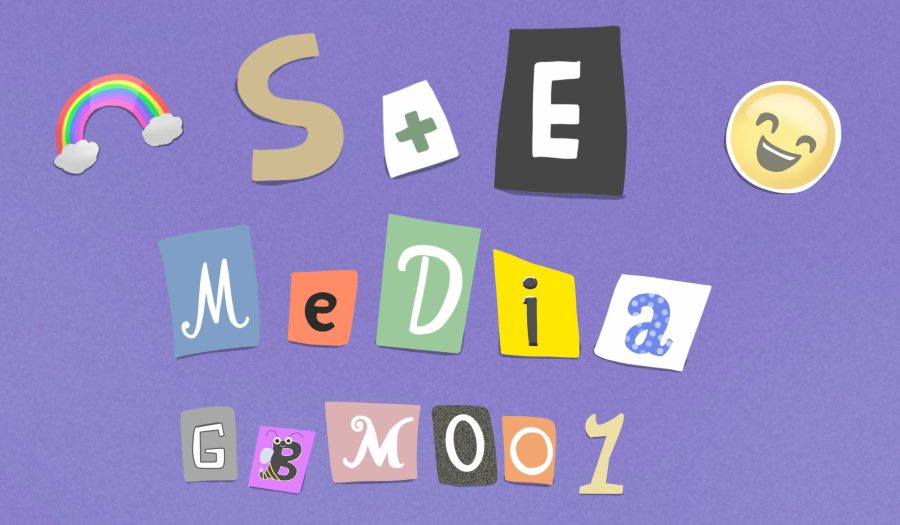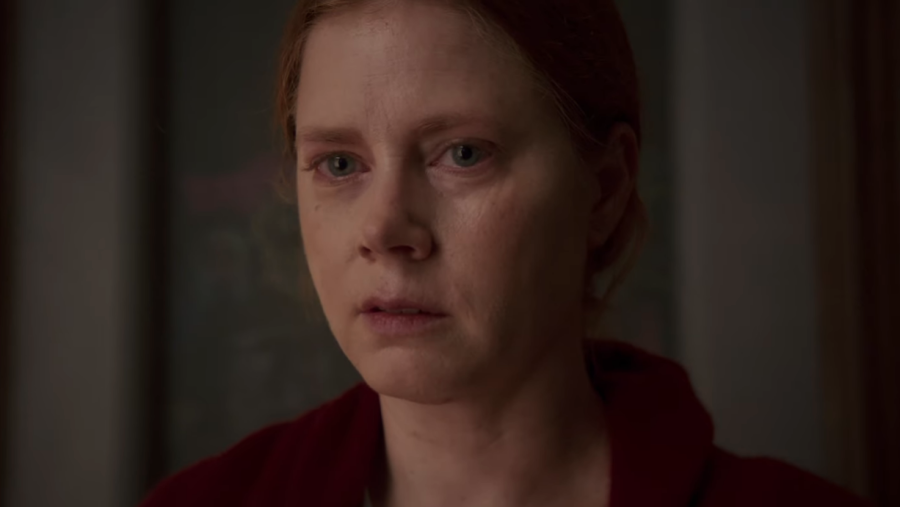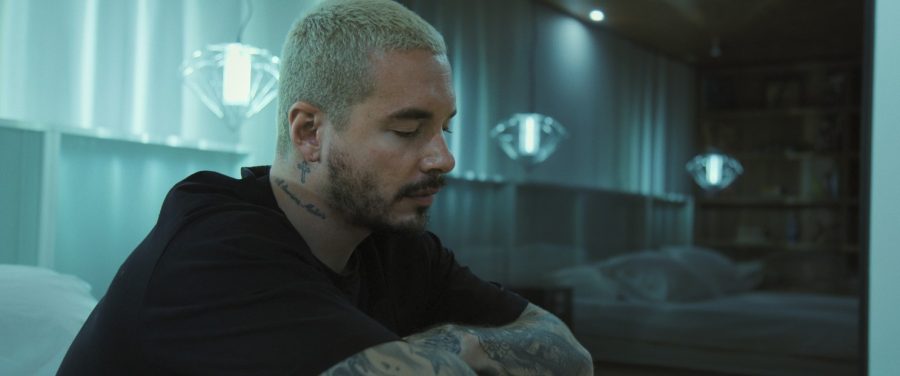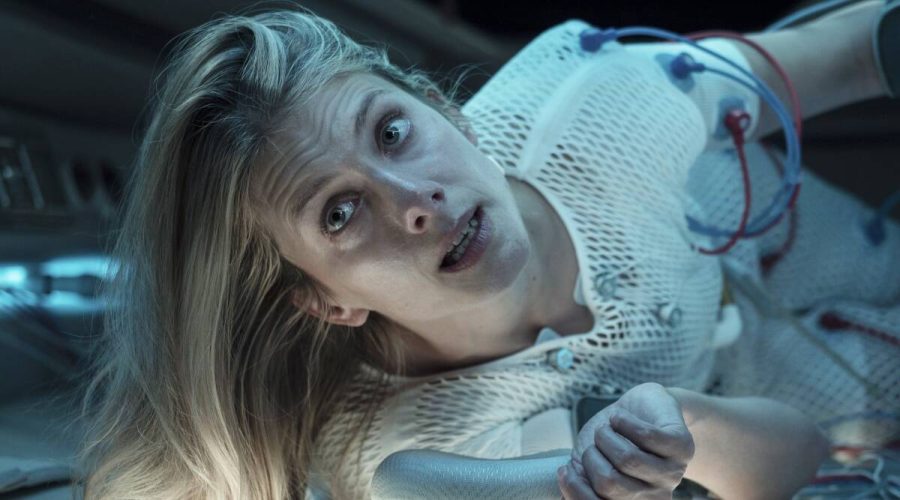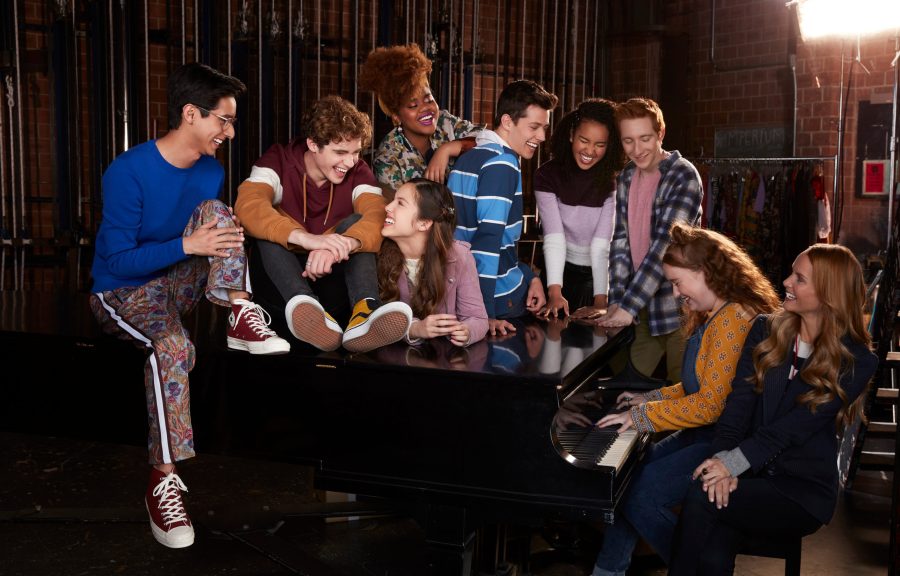Incredibly tender moments of character development, quick-witted dialogue, and intricate animation reignite the meaning of the word ‘heartwarming’ in Disney and Pixar’s newest dynamic film, “Soul.”
The latest animated collaboration between Disney and Pixar, the film “Soul” arrived on Disney+ on Christmas Day. The story centers around Joe, an increasingly desperate jazz pianist who teaches middle-school band, as he attempts to reunite his soul with his body. The audience is taken through the chaotic events of a life in limbo, in a careful magnifier of daily existence and what is to be found within it. Directors Pete Docter and Kemp Powers deliver a benevolent punch in this breakthrough film.
“Soul” strikes a careful balance between snappy, comedic dialogue and its more intense moments of human hopelessness and self-actualization. This thorough concoction of emotional elements is perfectly suited to appeal to an audience of a wide age range. It’s important to keep in mind that this is a movie primarily marketed towards families. From slapstick demonstrations involving actual slapping, to impersonations of prominent historical figures like Abraham Lincoln, the film exists within a solid comedic spectrum that never feels disingenuous or patronizing. Its dramatic moments are paired extremely well amid this spectrum, utilizing moments of breath and pause to highlight the amassed tension of being alive and feeling purposeless. The film consistently pushes up against the line of self-pity, but refuses to cross it, in a surprisingly rousing way that pricks at your nose just enough for you to be rescued by a warm or wild character interaction.
However, the real star of the show is the animation. The human forms of characters are startlingly realistic, with a beautiful emphasis on shadowing. From the folds of Joe’s suits and sweaters, to the fluorescent light cast in a middle-school hallway, to the dank overhead of a subway stop, the accenting of light and shadow is visually stunning without having to scream it. Deep reds and blues cling to Joe’s heightened moments of musical passion, contributing to the surreal feeling of liminal space that evolves throughout the film. In the moments of the souls, the animation emphasizes lighted lines, almost like a Lite-Brite version of building schematics, with these extraordinary genderless beings of the universe as extensions of these lines. The shifts in animation styles are purposeful and clean in this artistic execution.
Alas, movies do not exist in special sacred fun-time media land, alone, floating free of flaws. Consequently, this movie certainly has some, regardless of how much I truly enjoyed it. Movies are mixed bags of simultaneous truths that can snarl right through rose-colored cinematography and spunky quotes. In this case, having a character of color remain in a non-human form for a significant portion of the film is a Disney animation trend that has been brought back to light with this film’s release. Prior examples of this occurring include “Brother Bear,” “The Emperor’s New Groove,” and of course, “The Princess and the Frog.” This may not be as noticeable an issue looking at the film by itself, but again, all movies exist within a social context. This points at a larger problem in animation, where there are already so few animated films with protagonists of color, and even fewer Black protagonists specifically. When the visual representation of a BIPOC character’s narrative arc involves a literal process of dehumanization that takes up a significant portion of the film, it worsens the already-minimal representation.
The way progress operates in filmmaking can be infuriating, hopeful, and contradictory. With the continuance of this trend in animated BIPOC protagonists, I must also note that “Soul” is Pixar’s first animated feature with a Black director (Kemp Powers), as well as its first Black protagonist (Joe). These are landmark achievements a long time coming. These characteristics exist together, as this film holds this complexity in both its cinematic positionality and its thematic exploration. It dampens the appeal of rigidity, especially as it applies to defining success, and carves out love in deep existential pockets. The film reminds audience members to make use of the whimsical in the day-to-day and to free themselves from the idea of a one true miserable purpose. For me, this was a check in hyperfixation and sustainability of self, when all seems stagnant, lost, and impossible.
Grade: B+
Director: Pete Docter, Kemp Powers
Starring: Jamie Foxx, Tina Fey, Angela Bassett
Release Date: December 25, 2020
Rated: PG
Image courtesy of The New York Times.


